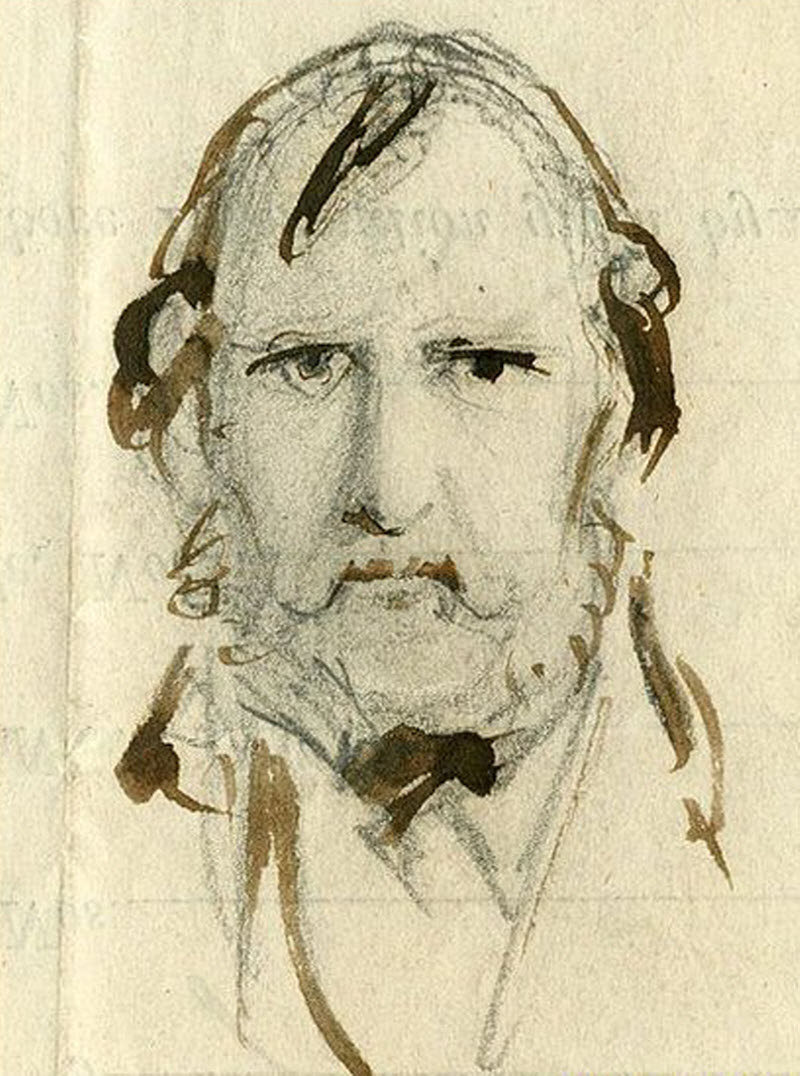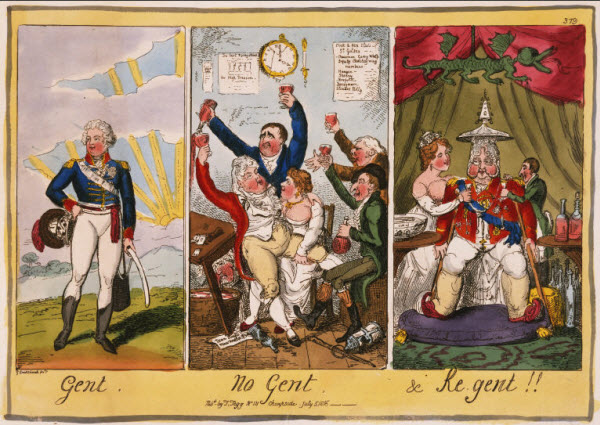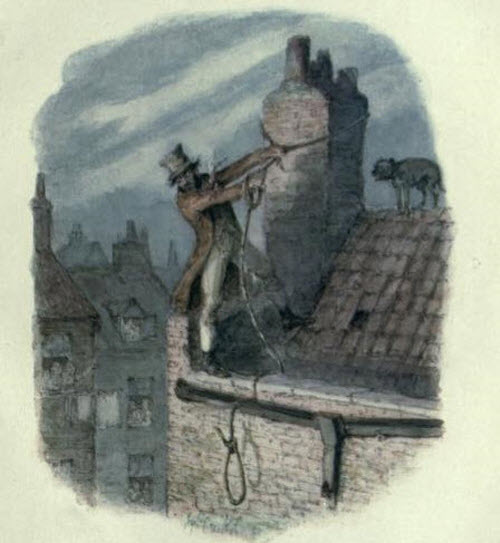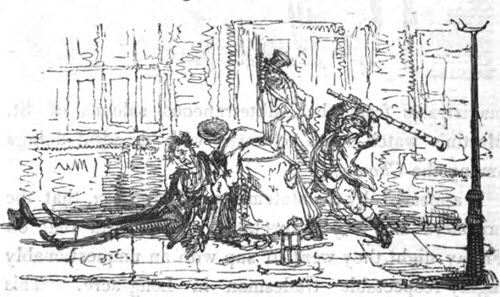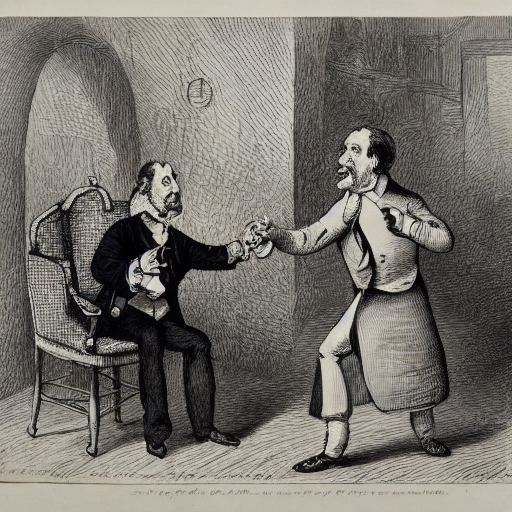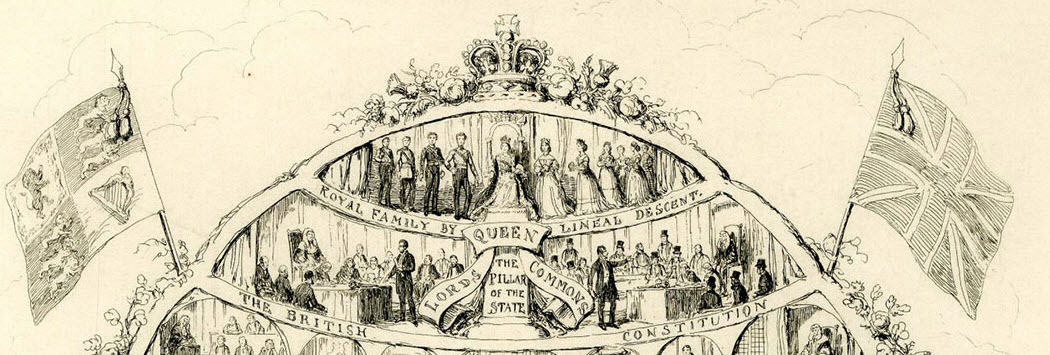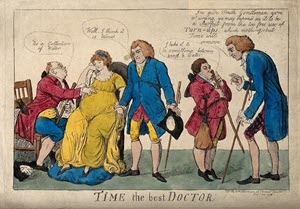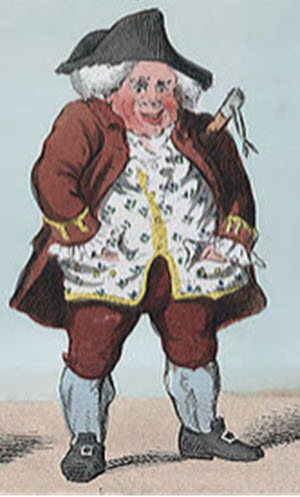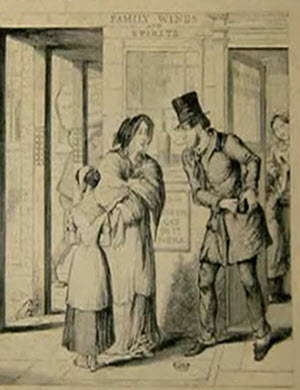Discover the fascinating world of Jacques Callot, the French artist who revolutionized the art of caricature. From his iconic "Miseries and Misfortunes of War" etchings to his scathing satirical portraits of French society, Callot's work is a testament to his skill and his ability to capture the human form in motion. With his bold, fluid line and his innovative use of etching techniques, Callot's work continues to inspire artists today and stands as a powerful reminder of the enduring impact of art on the world around us. Step into the world of Jacques Callot and be transported to a world of creativity, humor, and poignant social commentary.
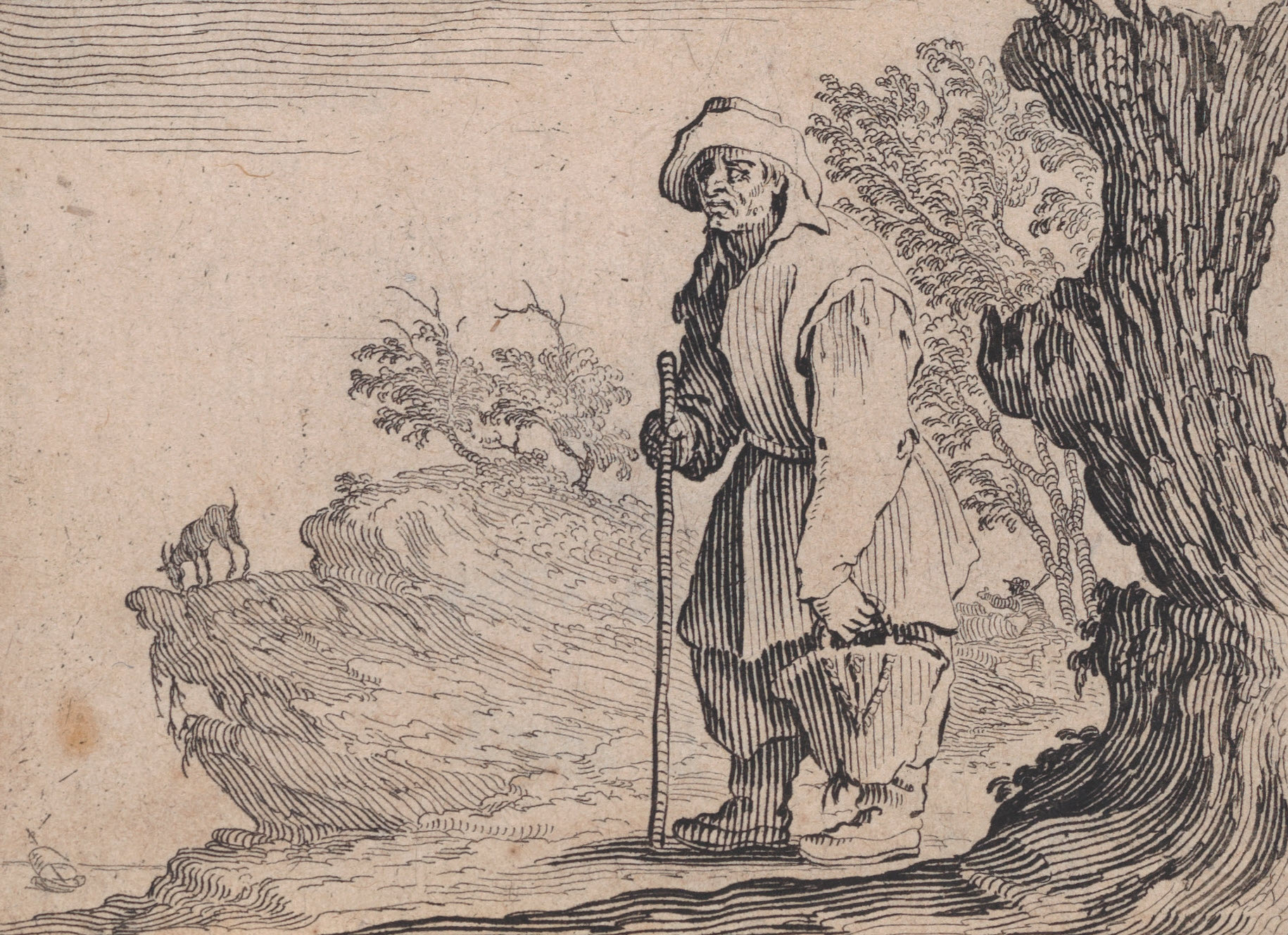
Jacques Callot (born March–August 1592, Nancy, France—died March 24, 1635, Nancy) was a French artist who is widely recognized for his contribution to the art of caricature. Born in Nancy, Lorraine in 1592, Callot's early life was marked by political and religious upheaval, as the region was contested between France and the Holy Roman Empire. Despite this, Callot found success as an artist and worked for several prominent patrons throughout his career.
Callot's most famous works are his series of etchings known as the "Miseries and Misfortunes of War," which depict the horrors of war in graphic detail. The series was created during the Thirty Years' War and is a poignant commentary on the brutality of armed conflict. The etchings are notable for their use of chiaroscuro and the emotional intensity of the figures depicted.
Another notable series by Callot is his "Balli di Sfessania," which depicts the grotesque and often comical antics of a group of peasants. These etchings demonstrate Callot's skill at capturing the human form in motion, as well as his keen sense of humor.
Callot was also a master of the art of caricature, and his work was influential in the development of the genre. His "Large Print Series," for example, features exaggerated depictions of various figures from French society, including politicians, courtiers, and beggars. Callot's caricatures are often scathing critiques of the excesses and absurdities of the time, and they reveal his keen eye for social commentary.
Callot's style was characterized by a bold, fluid line and a sense of dynamism and movement. He was a master of etching, a technique that allowed him to create finely detailed images with a great degree of precision. His work was influential not only in France, but throughout Europe, and he inspired many artists who came after him.
In conclusion, Jacques Callot was a masterful artist who left a significant mark on the world of art. His depictions of the horrors of war, his humorous caricatures, and his innovative use of etching techniques all demonstrate his skill and his impact on the art of his time. Callot's work continues to inspire artists today and stands as a testament to the enduring power of art to comment on and critique the world around us.
